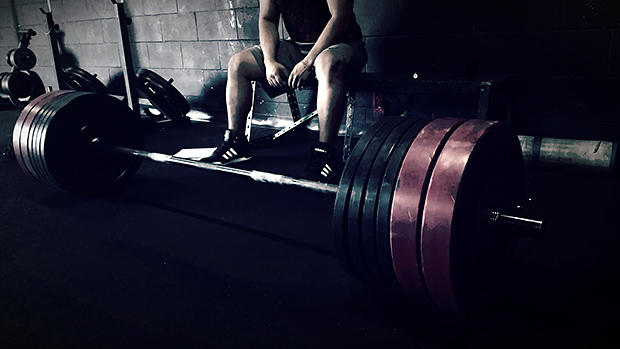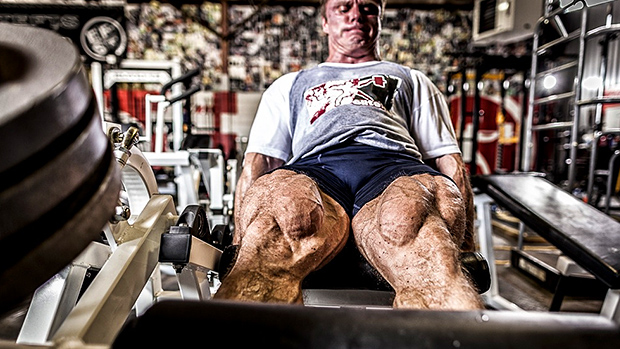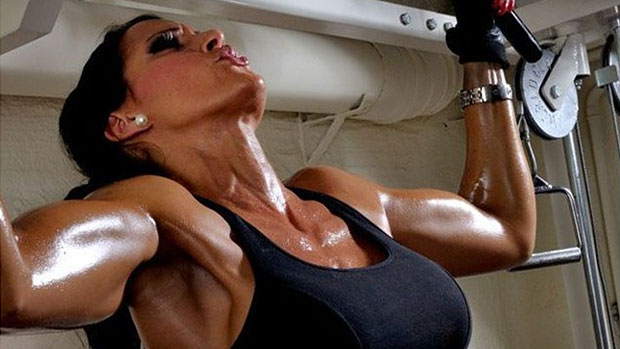There are two main styles of deadlifting. There's the sumo style, aptly named because it resembles a sumo wrestler's stance where the feet are out wide and the hands are placed inside the legs.

The other technique is the conventional style where the stance is narrower – generally shoulder width or closer – and the hands are placed outside the legs when gripping the bar.
Typically, smaller, thinner lifters tend to perform better with the sumo style and larger, thicker lifters tend to perform better with the conventional style due to the individual leverages involved. But there are exceptions to the rule. For example, many-time world champion Lamar Gant (below) was able to deadlift over 600 pounds at a 132-pound bodyweight using the conventional style.

At the other end of the spectrum, O. D. Wilson was a mammoth super heavyweight that deadlifted close to 900 pounds using the sumo style. Chuck Vogelpohl did well over 800 pounds using both styles and he's even switched between the two styles on consecutive attempts in the same meet.
So while we're able to make generalizations, it's really up to the individual lifter to figure out what style suits him best based on his individual strengths, weaknesses, and leverages. Sumo style is considered to be a more technique and leverage-driven style in contrast to the conventional, which is considered to be more about overall brute strength.
When using the sumo style, the athlete's stance, setup, and technique must all be perfect or the attempt will fail. The conventional style has a larger margin for error, but technique is always an important factor in moving the most amount of weight possible.
While both styles utilize many of the same muscle groups, the conventional style works the entire posterior chain, including your hamstrings, glutes, erectors, upper back musculature, and traps. Sumo tends to involve the hips more while taking advantage of optimal leverages.
If you're not a competitive powerlifter and are merely using it as a tool to increase the strength and size of your posterior chain musculature, then it would definitely be preferential to train using the conventional style. Conventional deadlifting will have a greater carryover to everyday movements outside the gym and be more applicable to increasing performance in other athletic endeavors.
Key Points
- Conventional deadlifting is preferential for bodybuilders and athletes.
- Smaller, thinner lifters typically perform better with the sumo style while larger, thicker lifters tend to be stronger in the conventional style.





